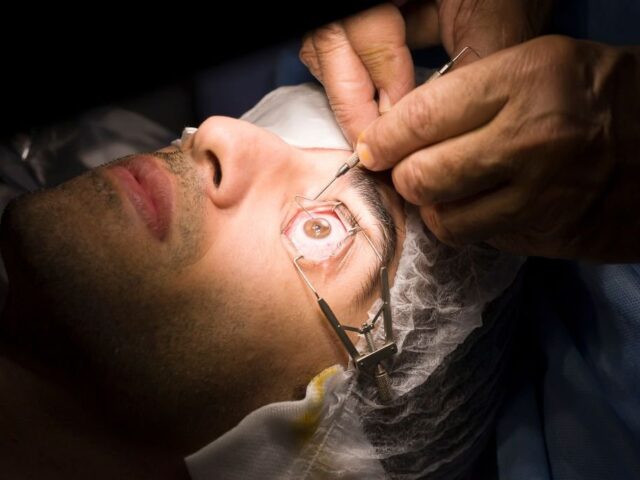Our Services
We Are in Service,
7/24 HOUR
Free Consultation
LASIK Eye Surgery In Turkey


Before LASIK Eye Surgery:
LASIK Eye Surgery steps
After LASIK eye surgery

Conclusion:
FAQ
LASIK (Laser-Assisted in Situ Keratomileusis) is a surgical procedure that uses a laser to reshape the cornea, correcting refractive errors such as nearsightedness, farsightedness, and astigmatism.
LASIK involves creating a thin flap in the cornea, then using a laser to reshape the underlying tissue. The flap is then repositioned, allowing for rapid healing.
Good candidates for LASIK are individuals over 18 with stable vision, healthy eyes, and realistic expectations about the outcome of the procedure.
Most patients report little to no pain during LASIK surgery. Numbing drops are used to ensure comfort, and any discomfort usually resolves quickly after the procedure.
Recovery times vary, but most people can return to light activities within a week, with final results becoming more apparent as swelling subsides.
Risks of LASIK include dry eyes, glare, halos, and reduced night vision. Serious complications are rare but may include infection or corneal flap issues.



